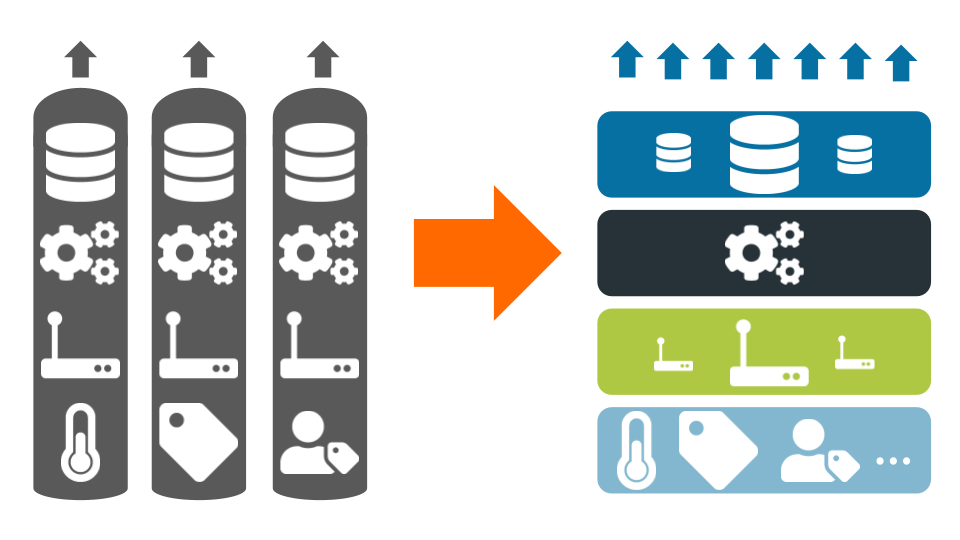One of our first major client successes of 2023 involves writing temperature sensor data to a database.
Ummm, okay? Whether you’re familiar with the state of the art of technology or not, you’re probably questioning why something as basic as writing temperature sensor readings to a database is considered a major success—let alone worthy of a blog post?
In a word: interoperability.
Sure, there are countless vendors eager to sell you a turnkey temperature data collection system, including the sensors, the gateways, the software (as-a-service), the database and the interface. How convenient! However, what if you decided you’d prefer to:
- choose the wireless temperature sensor best suited to your needs
- insist on using the gateway infrastructure already installed in your facility
- write the data to an existing database that’s familiar to your organisation
- and run/host the solution on-premises
Well, in that case, good luck piecing the solution together yourself, or finding an integrator who will build you a custom solution. And then, best of luck keeping that one-off solution operational over its expected lifespan!
That is unless you could rely on interoperability among all those interchangeable elements. And that is exactly what this client was able to do, which makes this a success story worthy of the blog post you’re reading.
How that interoperability was achieved is a long story. In 2015 we first developed and published (at the 2nd IEEE World Forum on IoT) our advlib library which interprets Bluetooth Low Energy packets from devices—such as temperature sensors—and outputs this ambient data in a web-standard way. Since then, it has evolved to support countless devices and additional radio technologies. Fostering interoperability with existing in-building gateway infrastructure followed progressively, first with connected lighting and more recently with WiFi access points, starting with those of Aruba Networks. Today, our open source Pareto Anywhere middleware enshrines interoperability across the hardware devices and infrastructure, making the final step of writing the web-standard data to any database as simple as appending the corresponding open source connector module.
In other words, in this case writing temperature sensor readings to a database is special because it is achieved by seamlessly layering horizontally-oriented platforms from multiple vendors, rather than adopting the vertically-oriented platform of a single vendor. And the distinction between the two approaches becomes even clearer as the client extends the solution across their organisation: that interoperability allows them to pursue opportunities as they arise, rather than having to limit themselves to the inherently constrained feature set of a single vertically-oriented platform.

Will 2023 finally be the year of interoperability? In fact, it already is for forward-looking organisations advancing towards the horizon.
